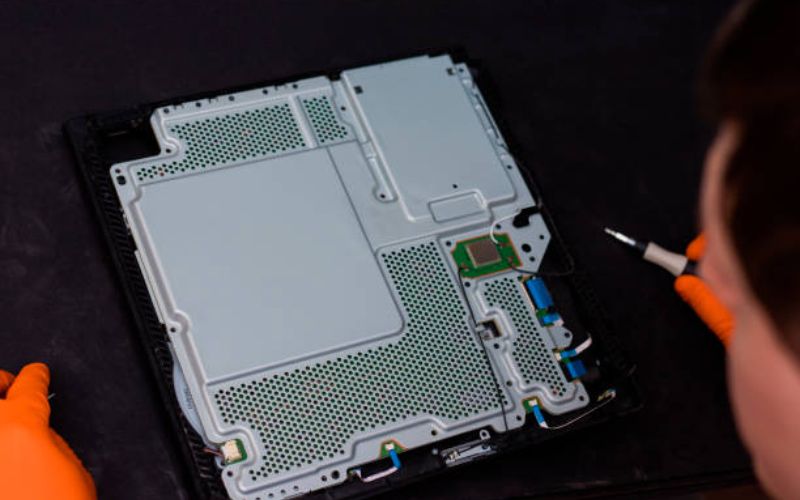What is a Vapor Chamber?
A vapor chamber is a key component of heat dissipation in electronic devices. It is a sealed metal chamber filled with a small amount of liquid that vaporizes when heated. The vapor then spreads throughout the chamber, absorbing heat from the device components, and then condenses back into liquid form to release the heat.
How Does Liquid Cooling Work?
Liquid cooling, on the other hand, involves circulating a liquid through a heat sink attached to the electronic device. The liquid absorbs heat from the components and carries it away to be dissipated elsewhere. This process helps to maintain lower temperatures and prevent overheating.
Efficiency of Heat Transfer
One of the main advantages of vapor chambers over liquid cooling is their superior heat transfer efficiency. Vapor chambers have a larger surface area compared to traditional heat sinks, allowing for faster and more effective heat dissipation. This results in better cooling performance and lower operating temperatures.
Space Constraints
When it comes to space constraints, vapor chambers are more compact and lightweight than traditional liquid cooling systems. This makes them ideal for small electronic devices where space is limited, such as laptops and smartphones. Vapor chambers can efficiently cool these devices without adding bulk or weight.
Thermal Resistance
Vapor chambers also have lower thermal resistance compared to liquid cooling systems. This means that they can dissipate heat more effectively and maintain consistent temperatures across all components. Lower thermal resistance leads to better overall performance and prevents thermal throttling.
No Pump Required
Unlike liquid cooling systems, vapor chambers do not require a pump to circulate the cooling liquid. This eliminates the risk of pump failure and reduces energy consumption. Vapor chambers operate passively, relying on the natural process of heat transfer through evaporation and condensation.
No Risk of Leakage
Another advantage of vapor chambers is that they are sealed and do not contain any moving parts. This eliminates the risk of leakage or evaporation of the cooling fluid, ensuring long-term reliability and maintenance-free operation. Liquid cooling systems, on the other hand, are prone to leaks and require regular maintenance.
Cost Considerations
In terms of cost, vapor chambers are generally more expensive to manufacture than traditional liquid cooling systems. However, their superior performance and reliability justify the higher upfront cost for many applications. The long-term benefits of using vapor chambers often outweigh the initial investment.
Environmental Impact
From an environmental perspective, vapor chambers are more sustainable than liquid cooling systems. They do not require the use of harmful chemicals or refrigerants, making them eco-friendly alternatives for cooling electronic devices. Vapor chambers also consume less energy, reducing overall carbon footprint.
Conclusion
In conclusion, the choice between a vapor chamber and liquid cooling depends on the specific requirements of the electronic device. While vapor chambers offer superior heat transfer efficiency, compact design, and reliability, liquid cooling systems may be more cost-effective for certain applications. Ultimately, both cooling methods have their advantages and limitations, and it is essential to consider factors such as performance, space constraints, and environmental impact when making a decision.
Quote Inquiry
Contact us!

